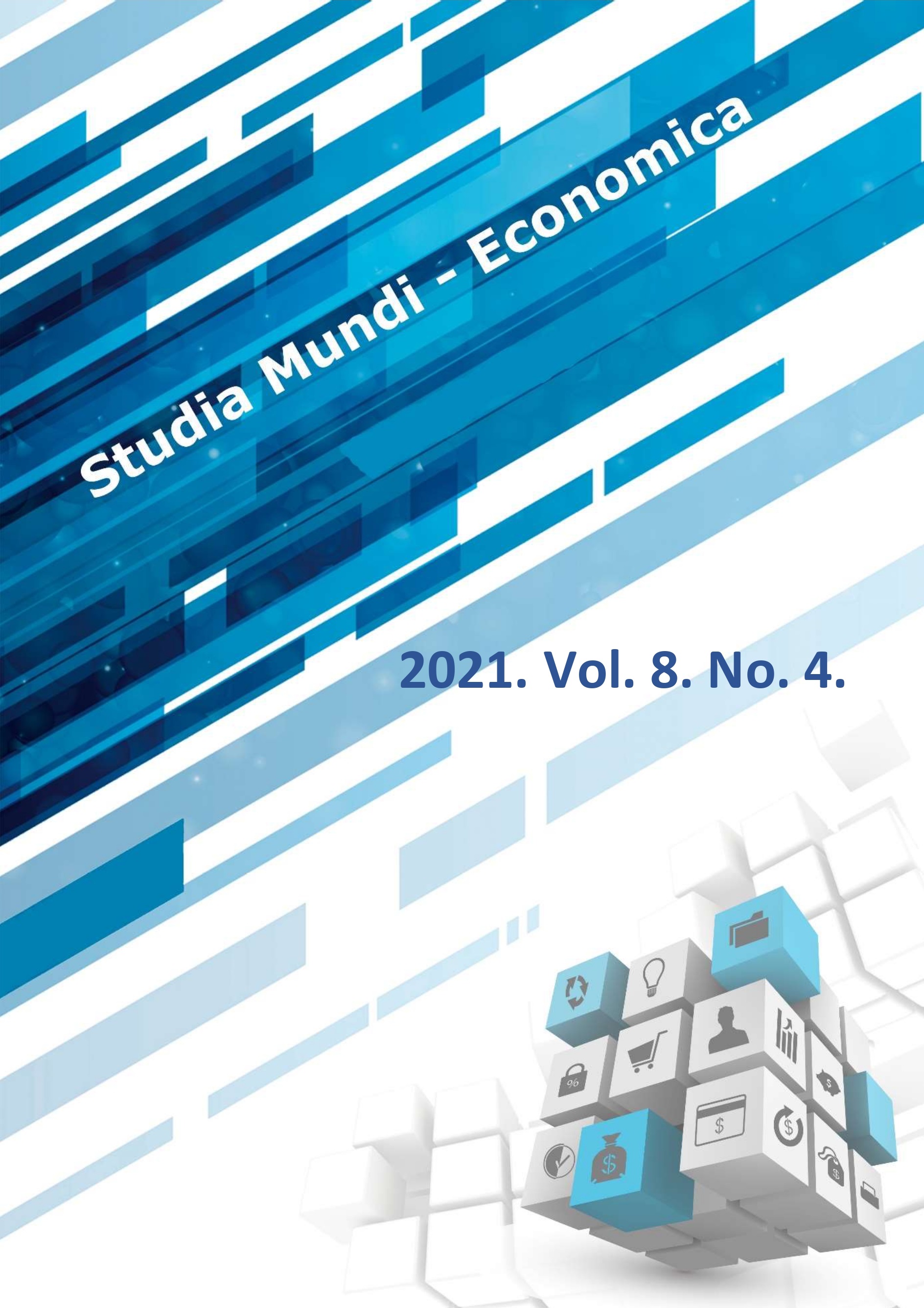The impact of Sino-Us trade imbalance on the us economy and the trend prediction of Sino–Us trade imbalance
DOI:
https://doi.org/10.18531/Studia.Mundi.2021.08.04.41-54Kulcsszavak:
Sino-US, trade imbalance, US economy, Cointegration analysis, Trend PredictionAbsztrakt
The trade friction between China and the United States is a trade problem arising from the difference between China and the United States with regard to the balance of trade and values. As Sino–US trade develops; the trade imbalance is becoming increasingly prominent, which directly leads to the Sino–US trade war. This paper attempts to explore whether the expansion of the US–China trade deficit will result in the slowdown of the US economy and to study the development trend of Sino–US trade imbalance, emphatically discusses the impact of Sino–US trade on US GDP and establishes a model to conduct the trend prediction of Sino–US trade imbalance in the near future. The study proves that there is a two-way and long-term relationship of influence between the trend in the US–China trade deficit and in the US GDP, during which the Sino–US trade contributes to the economic growth in the United States. Meantime, the scale of Sino–US trade imbalance will still increase in the short run.
Hivatkozások
Chen D.Q., (2007). Strategies for Promoting the Relative Balance of Trade between China and the United States and the Prospect, Economic Affairs, 4
Cheng L., (2009). Reflection on some problems in China's economic and trade under the influence of mercantilism Economist, pp. 55-56
Hunt, M.H., (2004). The World Transformed: 1945 to the present. New York, New York: Oxford University Press, pp. 80
Hu Y.X., (2009). A brief analysis of the mercantilist tendency in China's foreign trade: JL. Modern Business, pp.102-103, ISSN 1673-5889
International gold -standard system, (2009). February http://finance.ifeng.com/
John J. M.C., (2001). Mercantilism and the Economic History of the Early Modern Atlantic World, Cambridge UP
Kanopiadmin, (2017), Mercantilism: A Lesson for Our Times? Mises Institute. https://mises.org/library/mercantilism-lesson-our-times
Laura L.H., (2008). Mercantilism, The Concise Encyclopedia of Economics https://doi.org/10.1057/978-1-349-95121-5_838-2
Li D.K., Li D.N., (2006). Sino-US trade surplus: what's the root cause? International Economic Review, (4), pp. 15-18, ISSN 1007-0974
Lin S., (2006). A Reflection on the tendency of mercantilism in China's foreign trade, Commercial Times, pp.43-44
Ma Y.Q., Zhang E.Z., International Trade, Nanjing, Nanjing University Press, 1998, pp.358
Ministry of Commerce, PRC (2019), Research Report on the Benefits of the United States in Sino-US Economic and Trade Cooperation, http://www.gov.cn/xinwen/2019-06/06/content_5398040.htm
Phoenix Finance, In 2018, China's trade surplus with the United States increased by 17.2% years on year to US $323.32 billion, January 14, 2019 https://finance.ifeng.com/c/7jS9DASss5X
Samuelson, R. J., (2007). China's Wrong Turn on Trade, Newsweek https://www.newsweek.com/samuelson-chinas-wrong-turn-trade-101673
Website of China Statistics Bureau http://www.gov.cn/xinwen/2020-01/17/content_5470113.htm
Wind- Economic Database https://www.wind.com.cn/NewSite/edb.html
Xiao M.M., (2009). The disadvantages of mercantilism and the adjustment of China's trade policy. Economist, (4), pp.81-82
Xu X.L., New Theories of Western International Trade, Shanghai, Fudan University Press, 1989, pp.4
Zheng G.H., Shi D.X., Wang S.Y., (2006). Research on the Fluctuation of China's Trade Balance, Beijing, Science Press, October
Zhu M., (2006). Unbalanced and Growing Global Economy in 2006, International Economic Review, pp.1-2, 16-18, ISSN 1007-0974
Letöltések
Megjelent
Folyóirat szám
Rovat
License
Copyright (c) 2021 Jiandong Shi

This work is licensed under a Creative Commons Attribution-NonCommercial-NoDerivatives 4.0 International License.
A folyóirat Open Access (Gold). Cikkeire a Creative Commons 4.0 standard licenc alábbi típusa vonatkozik: CC-BY-NC-ND-4.0. Ennek értelmében a mű szabadon másolható, terjeszthető, bemutatható és előadható, azonban nem használható fel kereskedelmi célokra (NC), továbbá nem módosítható és nem készíthető belőle átdolgozás, származékos mű (ND). A licenc alapján a szerző vagy a jogosult által meghatározott módon fel kell tüntetni a szerző nevét és a szerzői mű címét (BY).






